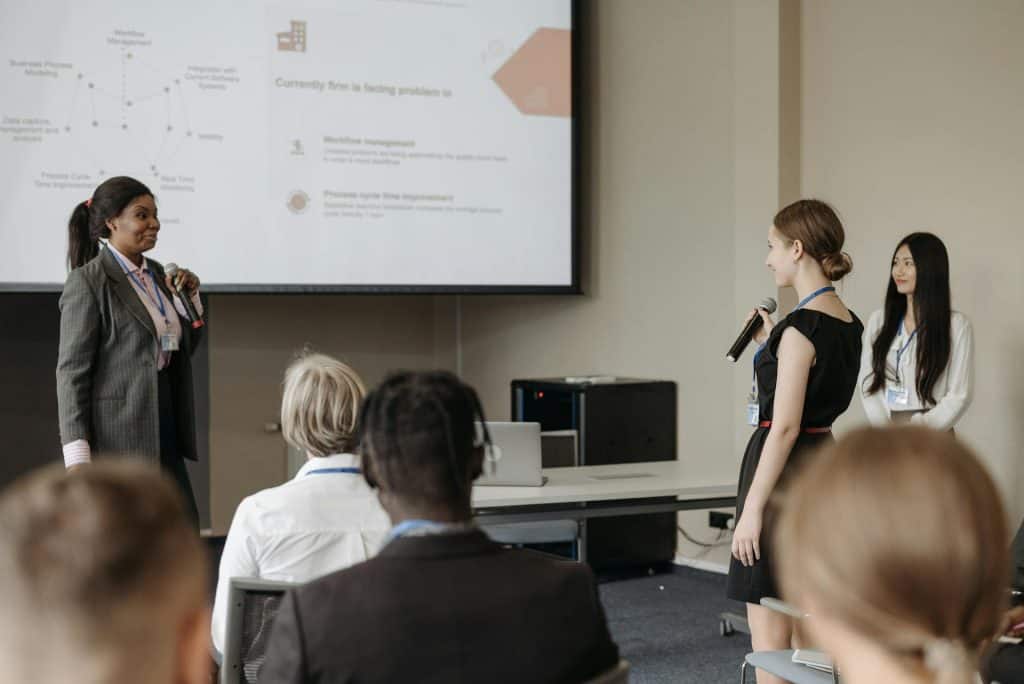Leadership
25% Faster, 40% Better: The New Math of AI-Accelerated Associations
AI-accelerated associations can deliver results 25% faster and 40% better by piloting AI in key workflows, governing wisely, and scaling proven uses.
Read MoreYour Commute Is Killing the Planet and Remote Work Can Help
Your commute is killing the planet—but flexible work offers a fix. Cutting daily drives slashes emissions, boosts air quality, and supports economic growth, making remote and hybrid work a win for both the environment and productivity.
Read MoreWill Gen AI Replace What Associations Do?
Will Gen AI replace humans? Not likely—but it will reshape roles. For associations, the opportunity lies in guiding members to adapt, lead, and thrive by combining AI tools with uniquely human skills like ethics, empathy, and strategic insight.
Read MoreRemote Work Is Building the Billion-Dollar Startups of Tomorrow
Remote work is a catalyst for startup growth—fueling productivity, revenue, and innovation by expanding access to talent, reducing costs, and enabling agile, flexible operations in a global marketplace.
Read MoreShould Associations “Move Fast and Break Things” With Generative AI?
With Generative AI, associations must prioritize thoughtful, transparent integration that aligns with their mission—balancing innovation with trust, ethics, and member engagement to lead responsibly in a rapidly evolving landscape.
Read MoreLeading the Generative AI Transition Beyond Cognitive Biases
Successful generative AI transition requires leaders to overcome cognitive biases through transparency, empathy, and hands-on engagement—empowering teams to see AI not as a threat, but as a tool for growth and innovation.
Read More7 Steps to a Comprehensive Gen AI Adoption Strategy for Associations
Gen AI adoption strategy for associations requires more than new tools—it demands a mission-aligned approach that enhances efficiency, empowers staff and volunteers, and delivers measurable value across operations.
Read MoreRTO Mandates Catalyze Brain Drain in Top Firms
RTO mandates lead to higher employee turnover, particularly among women and skilled workers, with a 14% increase in turnover at major firms. These policies also slow hiring and make recruitment harder, highlighting the need for flexible work to retain top talent.
Read MoreAssociations Should Forget Robots—Gen AI Future Depends on Human Insight
Gen AI future will transform industries by automating creativity, boosting productivity, and redefining human-machine collaboration—reshaping the future of work and innovation.
Read MoreThe Administration’s RTO Crusade Smothers Its Pronatalist Promise
A pronatalist policy that ignores the need for workplace flexibility is self-defeating—without remote options, the $5,000 baby bonus becomes a short-term perk that fails to support long-term family growth or retain key talent.
Read More









